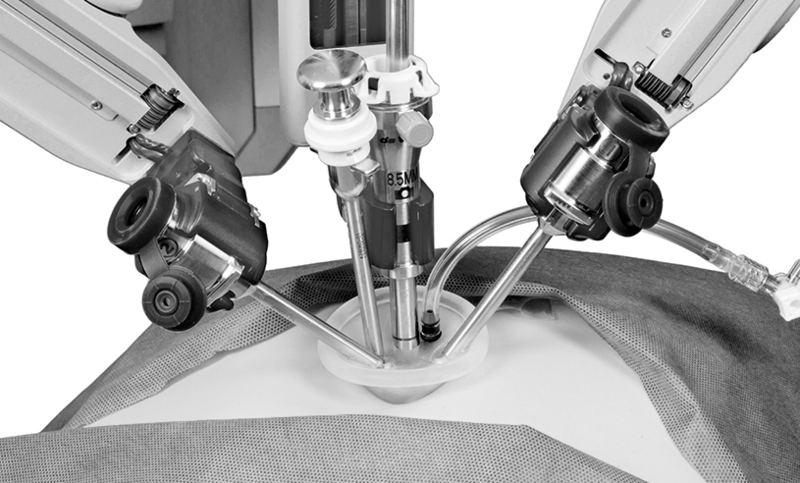
There are three different types of urinary diversion, each applicable for different situations. Let’s take a closer look at all three.
A urinary diversion is required when the bladder can no longer function normally as a reservoir for storing urine. It is a surgical procedure that redirects urine flow out of the body due to disrupted flow.
This may be due to the bladder having to be removed (cystectomy) – or a malfunctioning bladder – as the result of bladder cancer, an enlarged prostate, injury to the urethra, stones, injury to the urinary tract, or conditions causing pressure on the urethra or ureters.

What Is The Urinary Tract?
The urinary tract is the body’s system for removing urine. For the system to be fully functioning, and for urine to pass normally, all urinary tract parts must be working in unison.
The urinary tract comprises of:
The kidney – Every day, the kidneys filter blood t0 remove water and waste that is expelled through the urine.
The ureters – The ureters are two thin muscle tubes that carry urine from each of the kidneys to the bladder.
The bladder – The bladder is a reservoir that holds the urine, ready to be emptied via the urethra.
A urinary diversion is when the flow of urine is diverted from the urinary tract to a replacement bladder called a neobladder, or through an opening in the abdominal wall (known as a stoma).
Types of Urinary Diversion
There are three main types of urinary diversion:
Ileal conduit (urostomy)
An ileal conduit urinary diversion – also known as a urostomy – is the most common procedure type. A small portion of the bowel is used to create a passage from the ureters to an opening in the abdomen – called a stoma – where urine is drained externally. A bag is used to collect the urine via the stoma, which is worn inside the clothes and needs to be emptied a few times a day. The bag can be placed in various positions as per the patient’s needs.
Orthotopic continent urinary diversion
In this procedure, a piece of the bowel is used to create a pouch to hold urine. The ureters are connected to the pouch, which drain into it via the kidneys. A valve connects the pouch to a stoma, which is used to drain urine a few times daily via a catheter, thus a bag is not required.
Neobladder to urethra diversion
In this procedure, a neobladder is made from a small portion of the bowel. The ureters are connected to the top portion of the neobladder, which collects urine as a bladder would. The neobladder is connected to the urethra, which allows close to normal urinary function. However, a neobladder to urethra diversion is not an option for some patients.

Recovery
After the procedure, it may take a few weeks for a full recovery. It also may take some time to get used to the way you may now need to urinate. Depending on the type of urinary diversion, you will be given instructions on how to pass urine. Most patients find that they can return to normal activities over time.
Urinary Diversion with Urology Specialist
Dr Arianayagam is a highly skilled urological surgeon with a wealth of experience in all urinary diversion procedures.
After training in NSW further training in Urologic Oncology, he was undertaken at the University of Miami Miller School of Medicine. He completed a two-year fellowship accredited by the Society of Urologic Oncology.
Since training in the USA, Dr Arianayagam performs all urinary diversion procedures with the da Vinci robot using an intracorporeal technique. This is where the entire diversion is made internally rather than making a larger incision, which is the more common technique.
Intracorporeal diversion is a far more technically challenging method of urinary diversion. It has many benefits over the traditional method.
If you have any further questions about urinary diversion or would like to book an appointment, please feel free to call.
Learn some more about the other robotic surgeries Dr. Arianayagam provides:

